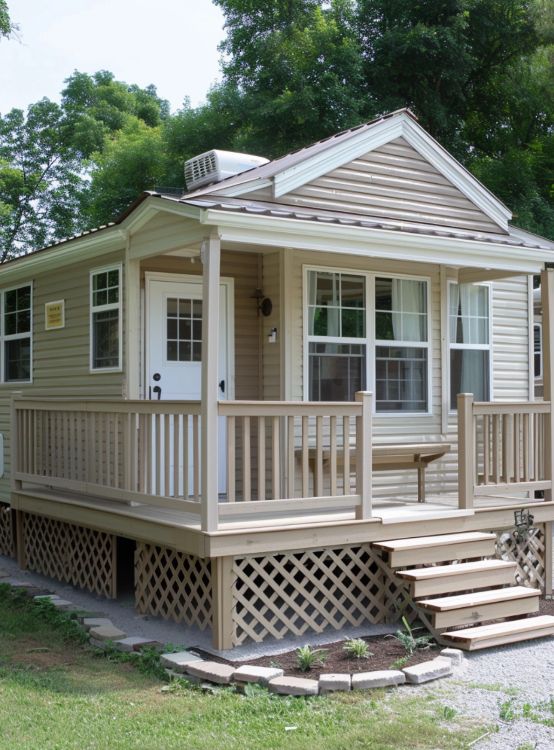For months, Margaret’s car had been more than just transportation — it was her home. After a series of medical bills drained her small savings and left her unable to keep up with rent, she had nowhere else to go. At sixty-eight, with aching joints and a body that tired easily, she tried to adapt to life in the back seat of a sedan. Nights were the hardest. She curled up under blankets, listening to the groan of passing trucks, praying her health wouldn’t worsen in the cold.
She never complained, but the truth was unbearable. Simple things like cooking a meal, resting on a real bed, or having a bathroom of her own had become distant memories. Even harder was the loneliness. Margaret had always been the kind of grandmother who opened her doors wide — baking bread, telling stories, and filling her kitchen with warmth. Now, she had no door to open at all.

Her turning point came when her neighbor, Diane, noticed something wasn’t right. She saw Margaret’s car parked for days on end and realized her friend wasn’t leaving. When Diane asked, Margaret admitted the truth, her voice breaking: she had been living in her car. Diane was heartbroken but determined to help.
Diane had long been involved with a local project that built tiny homes for people in need. Quietly, she reached out to the team, and within weeks, a plan came together. Together with volunteers and donations from the community, they built Margaret a home of her own — a tiny cabin nestled in the woods.
The day Diane led Margaret down the forest path, she could hardly walk fast enough. There it stood, golden cedar siding glowing in the afternoon light, a porch stretching across the front, a rocking chair waiting as if it had been placed there just for her. Margaret covered her mouth with trembling hands as Diane placed the key in her palm.
When she opened the door, Margaret wept.

Inside, the tiny house radiated comfort and care. Sunlight streamed through wide windows, spilling across polished wood floors and soft cream-colored walls. A loft bed with thick quilts promised rest she hadn’t known in months. Below, a snug sofa faced a wood-burning stove, its iron surface ready to warm the cabin on the coldest nights.
The kitchen felt like pure luxury. A farmhouse sink beneath the window overlooked the trees, marble-patterned counters gleamed, and open shelves displayed dishes already in place. In the corner, a small dining nook with two chairs invited her to sit down for meals she had long dreamed of cooking again.
The bathroom nearly brought her to her knees. Elegant tiles lined the shower, a skylight poured sunlight into the room, and clean fixtures sparkled. After months of washing up in gas station restrooms, Margaret ran her hand along the tiles and whispered, Thank you.
But it was the little details that moved her most. A woven rug softened the floor, a vase of flowers brightened the table, and on the counter lay a note that read: Welcome home, Margaret.
She sat on the sofa, tears rolling freely, as Diane wrapped her in a hug. For so long she had felt invisible, reduced to the confines of her car. Now, she was safe. She was home.
In the weeks that followed, Margaret’s life transformed. She planted herbs in pots on the porch, filled the shelves with books and photos of her grandchildren, and baked bread again — filling her new home with the smell of comfort. Each morning, she woke to sunlight streaming through the windows instead of headlights flashing through her windshield.
The tiny house was more than shelter. It was dignity returned, hope restored, and proof that kindness could rewrite a life. For Margaret, it wasn’t just a home in the woods — it was her miracle.


Leave a Reply